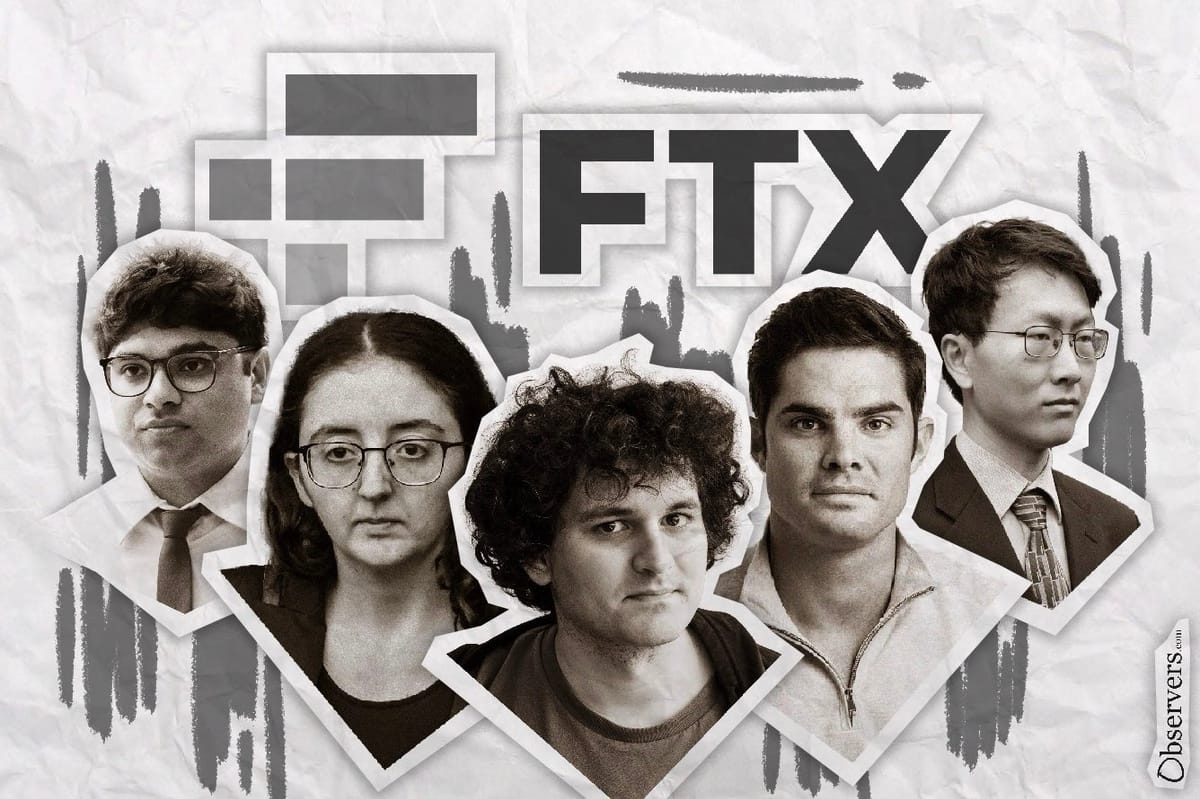
Caroline Ellison, the former CEO of Alameda Research and ex-girlfriend of FTX founder Sam Bankman-Fried (SBF), is the latest to face prison time for her role in the FTX fraud scandal. Sentenced to two years behind bars, Ellison cooperated with prosecutors, hoping for a lighter sentence, but her testimony against SBF didn’t spare her from prison. She'll serve her time in a minimum-security facility, with release expected around age 32. Ellison pleaded guilty to helping SBF divert $8 billion in customer fund.
Sam Bankman-Fried: Behind Bars With P. Diddy
At 32, Sam Bankman-Fried, once the poster boy of the crypto world, was sentenced to 25 years in prison for orchestrating one of the biggest financial frauds in recent history. He was also ordered to pay $11 billion in forfeiture for orchestrating multiple fraudulent schemes. While appealing his conviction, SBF is housed in Brooklyn’s Metropolitan Detention Center, awaiting a transfer to federal prison.
In a weird twist, SBF’s new bunk buddy is none other than Sean “Diddy” Combs, who is facing unrelated sex trafficking charges. Both are in a high-profile unit with shared living quarters, adding another bizarre layer to SBF’s already sensational downfall.
Nishad Singh and Gary Wang: Awaiting Their Fate
Two of SBF’s closest allies, Nishad Singh and Gary Wang, are awaiting sentencing later this year. Both testified against their former boss in hopes of securing lighter sentences after pleading guilty to fraud and conspiracy charges for their roles in FTX’s collapse.
Nishad Singh
Nishad Singh, FTX’s former Director of Engineering, pleaded guilty to six charges, including fraud and conspiracy. He admitted that by September 2022, he knew about the $8 billion gap in FTX’s finances but still signed off on transactions. Singh also created systems to secretly divert customer funds to Alameda Research and gave it special privileges, like the ability to withdraw more than it held in collateral. Singh will face sentencing on October 30, hoping his cooperation helps reduce his sentence. Time will tell.
Gary Wang
Gary Wang, FTX’s former Chief Technology Officer, also played a pivotal role in the company’s downfall. Wang pleaded guilty to four charges, including conspiracy to commit wire fraud and securities fraud. He revealed that FTX’s “public insurance fund,” which was supposed to reassure customers, was largely fabricated. Wang’s sentencing is set for November 20, and like Singh, he hopes his testimony will lead to a reduced sentence.
Ryan Salame: A Legal Battle Over a Plea Deal
Former FTX executive Ryan Salame, unlike Singh and Wang, didn’t testify against SBF. Instead, he pleaded guilty to campaign finance violations and money-transmitting crimes, earning him a 7.5-year sentence. Recently, Salame sought to withdraw his plea deal, claiming that prosecutors reneged on a promise not to go after his romantic partner, Michelle Bond, who was indicted for unlawful campaign contributions. The judge, unimpressed with this change, may still send Salame to prison on October 11.
The Collapse of FTX: A Domino Effect
FTX’s collapse sent shockwaves through the crypto world. Once a top exchange, FTX’s high-profile celebrity endorsements included ads with Larry David, Tom Brady, and Gisele Bündchen—who now face lawsuits for promoting the platform. Sam Bankman-Fried (SBF) earlier struck a deal with a group of FTX customers to drop a class action lawsuit against him in exchange for his help pursuing these celebrity promoters.
FTX imploded when it was revealed SBF was funneling customer funds from the exchange to Alameda Research to cover massive trading losses. As the legal consequences unfold, the key players in the FTX saga are either behind bars or awaiting sentencing, marking one of the largest financial downfalls in history.
